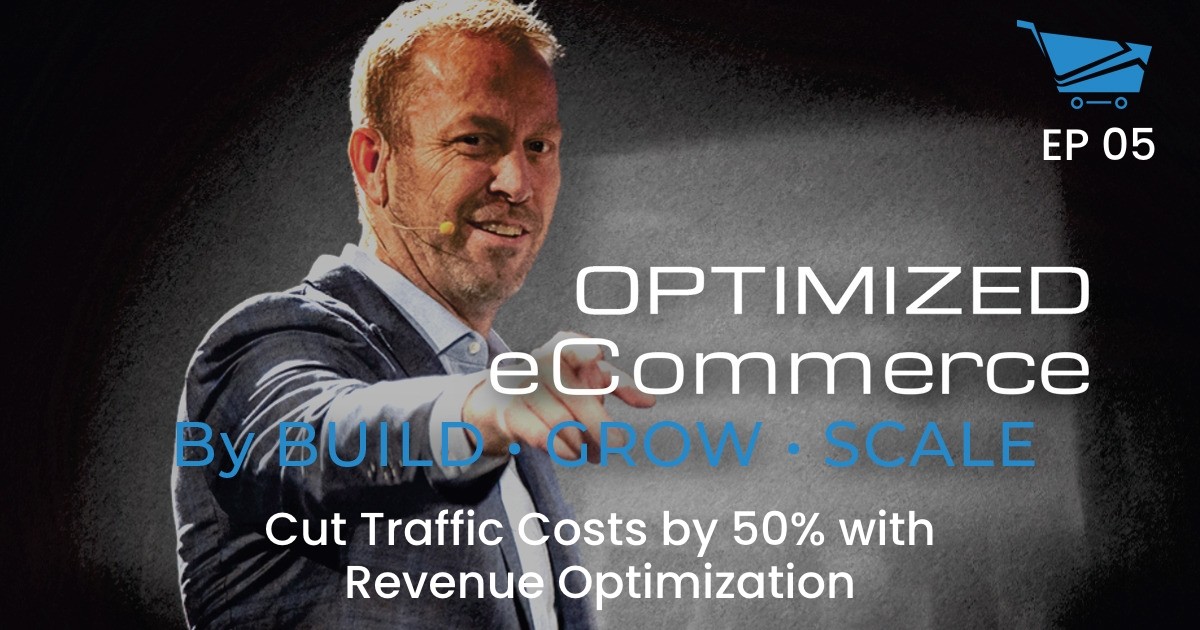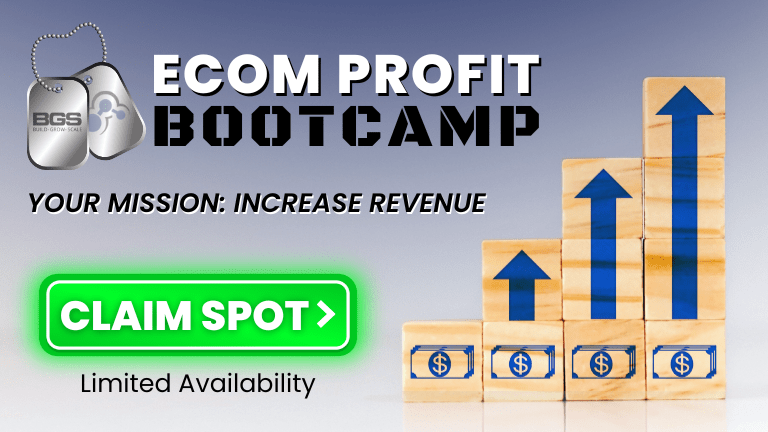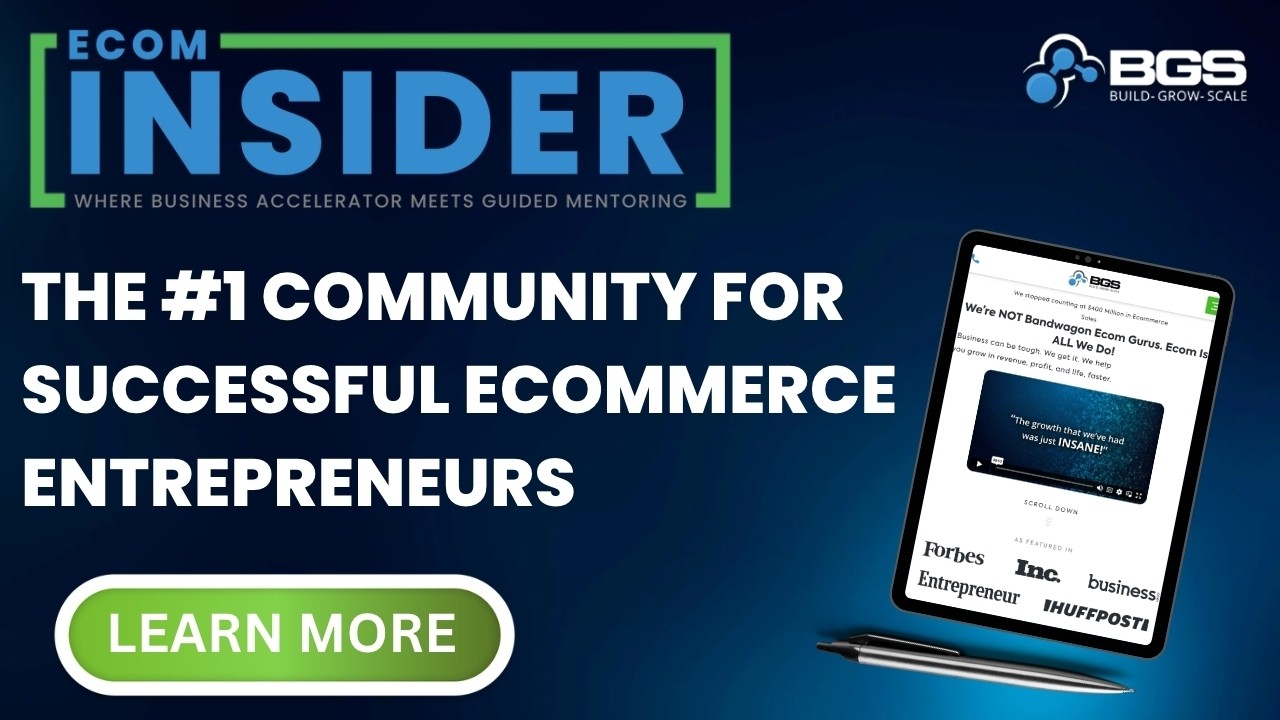Optimized Ecommerce EP 005 – Cut Traffic Costs by 50% with Revenue Optimization

Welcome to Episode 005 of Optimized Ecommerce – Cut Traffic Costs by 50% with Revenue Optimization. I’ll be your host for today, Tanner Larsson CEO of BGS.
BGS means Build Grow Scale! It is a community that we founded where eCommerce entrepreneurs and physical product sellers come to learn how to take their businesses to the next level.
Today, we are going to show you the impact of bounce rates on your business. And we’re also sharing a cool tool, the bounce rate effect calculator, to help you calculate your bounce rate. We’re also sharing some cool ideas on how you can get your bounce rate down. Don’t miss this week’s Optimized Ecommerce Podcast!
Here’s just a taste of what we talked about today:
The Significance of Bounce Rate
Bounce rate simply means the number of people who are not sticking to your site, they just click to leave. Its benchmark we use to gauge our site’s engagement to potential customers. The longer a customer stays and browses through your site the higher the potential of converting into a sale. Hence, a higher bounce rate will have a direct adverse effect on your traffic cost and ROI. We don’t want that. We want customers to stay as long as possible and return to your site as often as possible.
The Magic of 10%
As a rule of thumb, start by aiming with small incremental changes on your site which could produce exponential results to your business. Believe it or not but a 10% reduction on your bounce rate can make all the difference. We also included a couple of cool suggestions you can apply to your site in today’s exciting episode.
Improve Your Site-Speed
In a fast-paced world, there is literally no excuse for a slow-loading website. Everybody is trying to accomplish a lot in a very limited time and always in a hurry. Nobody wants to stick around for a site that takes too much time to load. And yes, this can dramatically affect your bounce rate. User experience plays a big part in making sure that your audience sticks around.
We also discussed a few other fun topics, including:
- We have put together a nifty tool for you to use to help you compute on your site’s bounce rate, find out what it is.
- A couple of tricks to help improve your site speed.
- Reducing your bounce rate can double your sales!
But you’ll have to watch or listen to the episode to hear about those!
Want to stay connected with Tanner Larsson? Please check out the social profiles below.
- Facebook: Facebook.com/buildgrowscale
- Twitter: @BuildGrowScale
- YouTube Channel: Youtube.com/windowsuccess
Resources
Also, Tanner mentioned ITEM on the show. You can find that on:
- Bounce Rate Calculator – a cool tool to help calculate the bounce rate by simply filling in the fields.
- ImageOptimizer.net – Free image optimizer.




